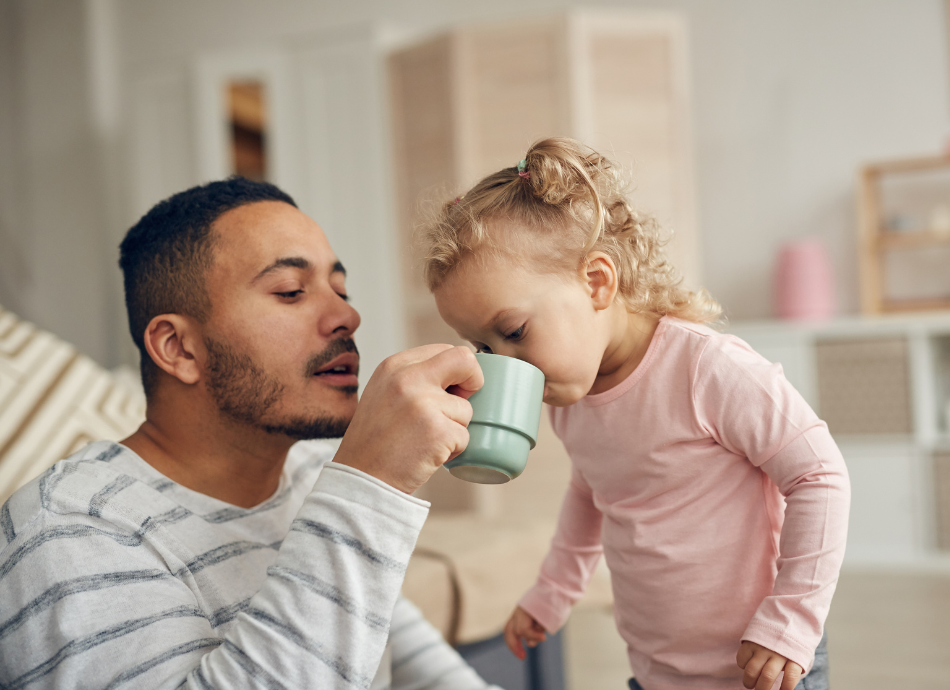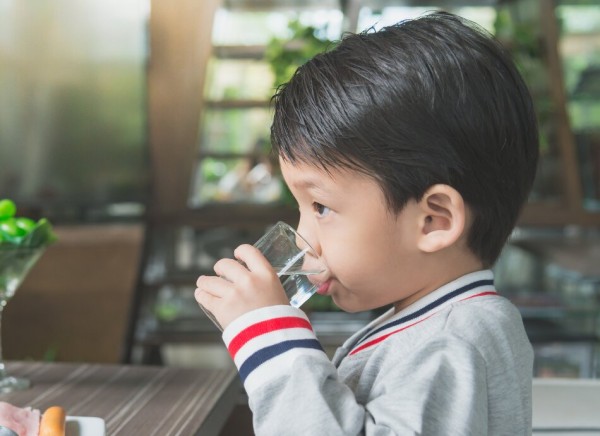Wishing everyone a safe and happy Christmas and New Year – Meri Kirihimete from the Healthify team.
Constipation treatment for children
Key points about constipation treatment for children
- Many tamariki with constipation get better with things you can do at home.
- Drinking water, eating lots of fruit and veges and regular activity all help.
- Regularly sitting on the toilet in the morning is also helpful.
- Some tamariki need laxatives for several months to help their constipation.
- The content on this page comes from KidsHealth(external link).

Constipation is when your child has firm, hard or painful poo. Read more about constipation in children.
Things you can do at home
- Encourage your child to drink plenty of water.
- Encourage your child to eat lots of fruit and veges.
- Encourage your child to keep active.
- Encourage your child to sit on the toilet for several minutes in the morning – even if they don't do a poo, still encourage this.
- You could try giving your child prunes or KiwiCrush (a kiwifruit drink) daily.
KiwiCrush and some medicines for constipation are high in sugar. Make sure your child brushes their teeth afterwards.
Fruit and veges
Fruit and veges are high in fibre. Fibre makes poo softer and easier to pass.
To add more fibre to your child's diet, you can:
- Give your child at least 5 servings of fruit and veges each day.
Other foods that are high in fibre include:
- some cereals such as Weet-Bix and bran cereals
- porridge
- wholemeal bread
- beans and peas.
Give your child plenty of water when increasing fibre in their diet.

Image credit: Canva
Sitting on the toilet regularly
Encourage your child to sit on the toilet for several minutes in the morning. Even if they don't do a poo, still encourage this.
Make sure your child is comfortable sitting on the toilet. Make the toilet interesting and child-friendly with books and toys.
It may help to use a child's toilet seat for preschoolers.
For younger tamariki put a stool under their feet so their knees are higher than their hips. Encourage your child to lean forward and rest their elbows on their knees.
Reward charts can help encourage your child to sit on the toilet regularly.
Call Healthline on 0800 611 116 or see a healthcare provider if:
- your child has tummy pain
- the constipation is getting worse
- your child finds toileting very upsetting
- your child is having poo accidents.
You may need to see your healthcare provider again if the constipation doesn’t get better. They may give your child medicine to help their constipation. These are called laxatives.
Laxatives are medicines that make it easier to pass poo. They are important for treating long-lasting constipation and poo accidents (soiling).
Read more about laxatives for children.
Credits: Content shared between HealthInfo Canterbury, KidsHealth and Healthify He Puna Waiora as part of a National Health Content Hub Collaborative.
Last reviewed:





